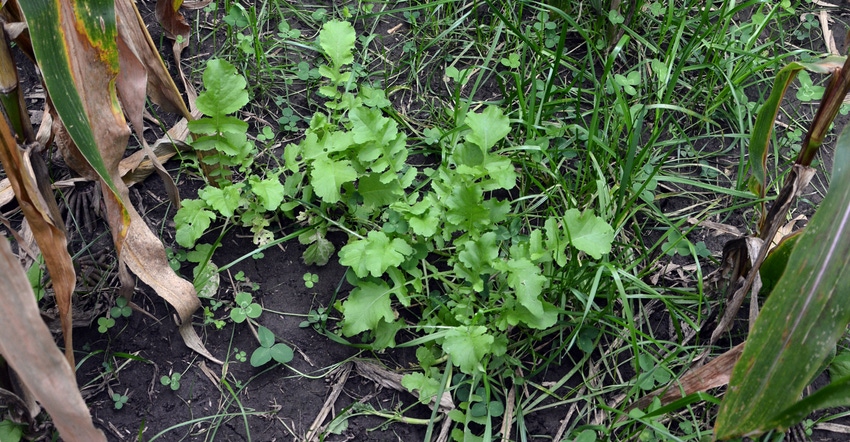March 5, 2020

USDA’s Farm Service Agency announced a new pilot program that enables farmers in the Prairie Pothole region of the U.S. to receive payments for planting cover crops on their land for three to five years.
The new Conservation Reserve Program (CRP) Soil Health and Income Protection Program (SHIPP) pilot is available to farmers in Iowa, Minnesota, Montana, North Dakota and South Dakota.
All counties in Minnesota are eligible for this program, according to the state FSA office.
The signup for this pilot starts March 30 and ends Aug. 21.
FSA administrator Richard Fordyce says acreage in SHIPP is capped at 50,000 acres and that participation will be on a first-come, first-served basis.
“Interested landowners should act now by contacting their FSA county office for an appointment to apply,” Fordyce says.
Through SHIPP, producers have the option of three-, four- or five-year CRP contracts to establish cover crops on less productive cropland in exchange for payments.
The pilot enables producers to plant cover crops that, among other benefits, will improve soil health and water quality while having the option to harvest, hay and graze during certain times of the year.
Annual rental payments will be made at 50% of the weighted average soil rental rate for the SHIPP offer, using the county average rental rate for the applicable county. The rate for beginning, limited resource, socially disadvantaged, and veteran farmers and ranchers will be 75%.
Cost share is only available to beginning, limited resource, socially disadvantaged, and veteran farmers and ranchers for practice establishment.
Land may be hayed or grazed outside the primary nesting season with no reduction, provided adequate stubble height of the cover is maintained to protect the soil as specified in the conservation plan. In exchange for a 25% reduction to the annual rental payment and not being eligible to be insured or reinsured under the Federal Crop Insurance Act, the land may also be harvested for seed outside the primary nesting season as specified in the conservation plan.
Cover crops, whether used in a single crop rotation or over multiple years, can improve the productivity of soils and soil health on a farm for generations and increase the bottom line for the farmer. Soil health, or soil quality, by definition, is the capacity of soil to function as a vital living ecosystem that sustains plants, animals and humans.
The SHIPP pilot is the latest option in a full suite of opportunities available to producers through CRP and other conservation programs offered by USDA. Farmers and ranchers are encouraged to talk to their FSA county office soon about whether this pilot fits their operation or if another option, such as CRP continuous signup, would be better.
For more information, visit FSA’s website and contact your local office.
Source: USDA FSA, which is solely responsible for the information provided and is wholly owned by the source. Informa Business Media and all its subsidiaries are not responsible for any of the content contained in this information asset.
You May Also Like




